Monyo 文様
Monyo is a Japanese traditional pattern that often seen on Kimono(Japanese traditional wear), pottery and Origami-paper. It is said that many were originally introduced from China in the Heian period(794-1185) and arranged later with Japanese scenery and items in their life.
WA-gara means a sequencing design of combination of Monyo. Here are very common WA-gara Monyo designs.
Nature- Shizen 自然
There were four seasons, called Siki, in Japan. Spring -Haru 春, Summer -Natsu 夏, Fall -Aki 秋, winter -Fuyu 冬.
Monyo-design with seasonal flowers and trees were created for not only natural beauty of it also their symbolic means.
Sakura 桜
- - Spring
- - one of Japanese representing flower

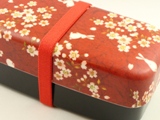
Kiku 菊
- - Fall
- - was introduced as a medicinal plant and became a symbol of long life
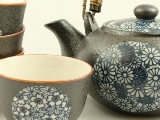
Ume 梅
- - New Year, First sign of Spring
- - often patterned with Pine-Matsu and Bamboo-Take
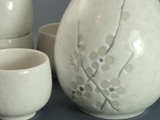
Karakusa 唐草
- - famous pattern for Furoshiki, Japanese wrapping cloth
- - often patterned with flowers
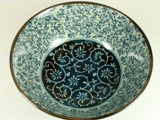
Blue waves
Seigaiha 青海波
- - named from Japanese traditional Noh-play costumes has that Monyo
- - often layout with Plover-Chidori bird
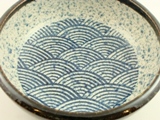
Waritsuke 割付
Waritsuke is a design technique that layout continuous pattern with lines and shapes, often limited to within an area of box and combine with several other patterns to create unique yet fine art.
- - Symbolized "Harmony/Fortune" from the combination of circles
- - Shippo means seven treasure
- - created with continuous diamonds from hexagon
- - Asa-no-ha means a hemp leaf named after its strong growth and believed as a amulet
- - Rhombus
- - several variations with lined and flowers
- - named after Ichimatsu, kabuki-actor had the designed costume in Edo period(1680-1800)
- - also called a stone pavement for the beauty of regularly arrangement
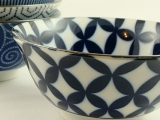
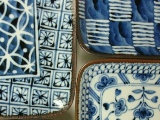
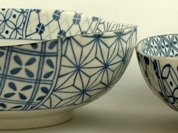
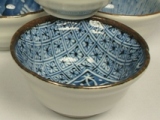
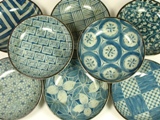

Log In